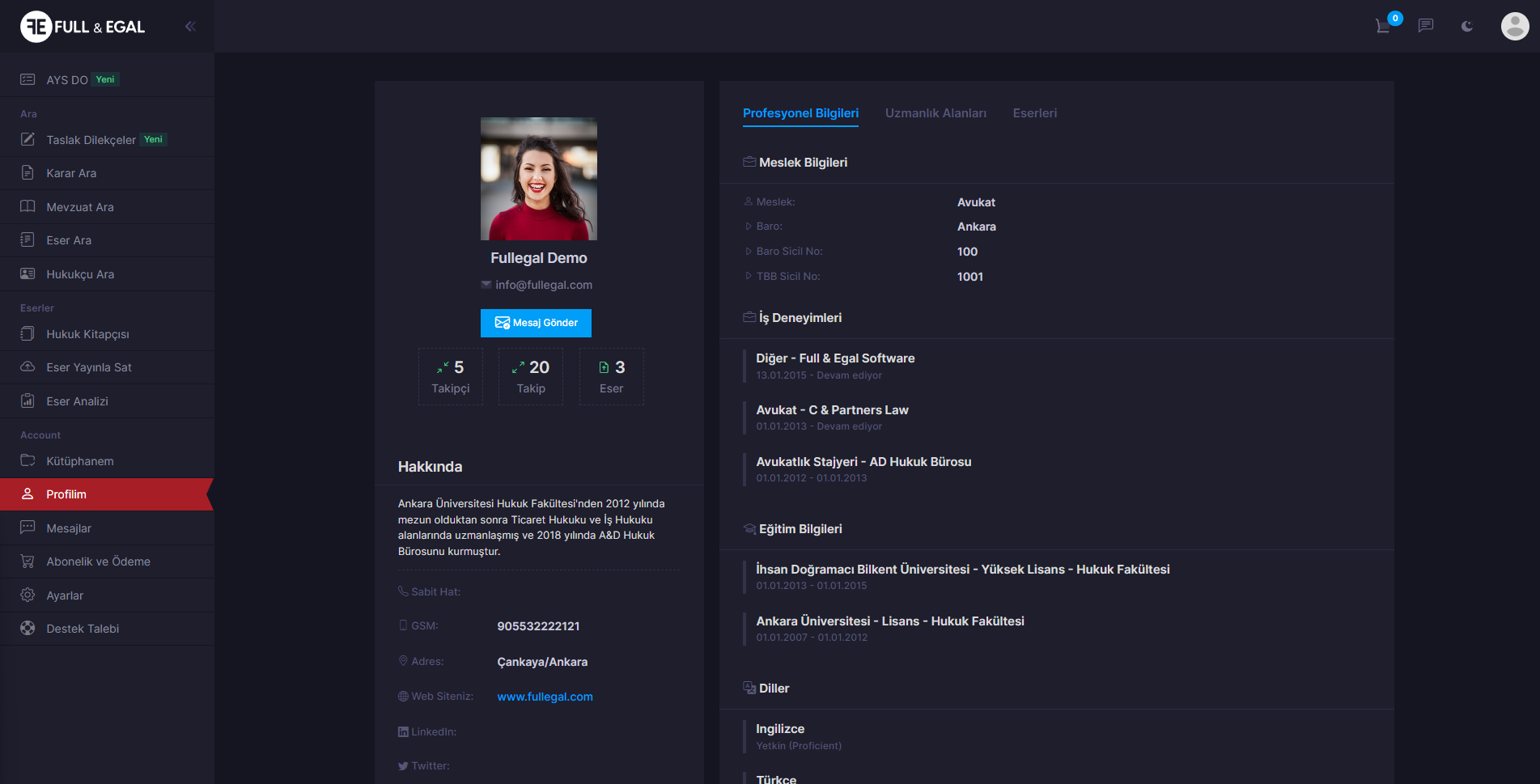Information Note on the Court’s case-law No. 97
May 2007
Ramsahai and Others v. the Netherlands [GC] - 52391/99
Judgment 15.5.2007 [GC]
Article 2
Article 2-1
Life
Effective investigation
Article 2-2
Use of force
Fatal shooting by a police officer during an attempted arrest: no violation
Effectiveness and independence of an investigation into a fatal shooting by a police officer: violations
Extent to which victim's relatives were able to participate in the investigation and lack of a public hearing of the relatives' legal challenge against the decision not to prosecute the police officer: no violations
Facts: The judgment concerns the death of Moravia Ramsahai, the applicants’ son and grandson, who was shot dead by a police officer in Amsterdam, at the age of 19 and a half, in the following circumstances. One Saturday night during a festival, Moravia Ramsahai stole a scooter: he threatened the owner with a pistol and rode away on it. The police were informed of the theft. Two uniformed police officers, B. and B., who were in a patrol car, noticed a scooter being driven by an individual fitting the reported description. One officer ran towards the suspect and tried to arrest him but after a brief struggle Moravia Ramsahai managed to break free. The officer saw him take a pistol out from under his belt, upon which he drew his own service pistol and ordered Moravia Ramsahai to put down his weapon. The youth refused to comply. In the meantime the second officer had left the patrol car and approached the scene. Moravia Ramsahai then apparently raised his weapon and pointed it in the direction of that officer, who drew his gun and fired. The victim was struck in the neck and died upon the arrival of the ambulance. Moravia Ramsahai’s pistol was found loaded and ready to fire.
A criminal investigation was opened. It was partly conducted by the police force to which officers B. and B. belonged. This local police force carried out the investigation for the first 15 and a half hours, after which the investigation was taken over and placed under the responsibility of a Detective Chief Superintendent of the State Criminal Investigation Department. The Superintendent sent his report to the public prosecutor, who was the legal officer in charge of criminal investigations carried out at the police station for which officers B. and B. worked. The public prosecutor concluded that the fatal shot had been fired in self-defence and that the officer responsible would not therefore be prosecuted. The applicants obtained a right of access to the case file. They challenged the public prosecutor’s decision not to prosecute the police officer, but that decision was upheld by the Court of Appeal, whose proceedings and decision were not public.
Law: Fatal shot by a police officer: The Grand Chamber was concerned about the independence and quality of the investigation into the death. As regards the identity of the officer who fired the fatal shot, there was some discrepancy between the version of the policemen present at the time and the version of the officers who had been contacted by radio after the shooting; moreover, the investigation had been opened and initially undertaken by police officers who, like B. and B., belonged to the local police force. However, the establishment of the facts as set out in the Chamber judgment had not seriously been called into question by the parties. In addition, the description of Moravia Ramsahai’s conduct, as given by officers B. and B., was consistent with the other established facts and in particular the fact that, previously that day, the youth had already brandished a pistol to threaten other people. In those circumstances, the Grand Chamber decided to examine the case in the light













